Treatment of produced water mixed with polymer - NASA/ADS
In the petroleum industry, polymer flooding is one of the main methods in enhanced oil recovery (EOR) that applies a water-soluble polymer such as partially hydrolyzed polyacrylamide (HPAM) to increase oil production. It is added to the flooding water to improve the oil movement. During the process, water is produced as a by-product along with oil and gas production.
A large part of produced water should be injected back into the stratum for reuse (Taylor et al., 1998), and the rest will be discharged into water bodies or surrounding soils. Produced water from Polymer Flooding (PWPF) which contains a lot of residual hydrolyzed polyacrylamide (RHPAM) is the wastewater of polymer flooding.
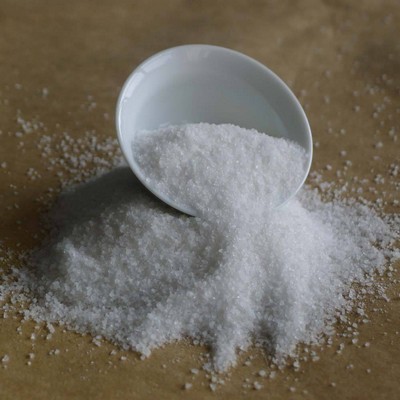
Treatment of wastewater produced from polymer flooding
Polymer flooding is an enhanced oil recovery process. Water-soluble polymer, for example partially hydrolyzed polyacrylamide (HPAM), is added to the flooding water to improve the mobility ratio in the flooding process. Polymer flooding plays a major role in global crude oil recovery , especially in China , .
Get Price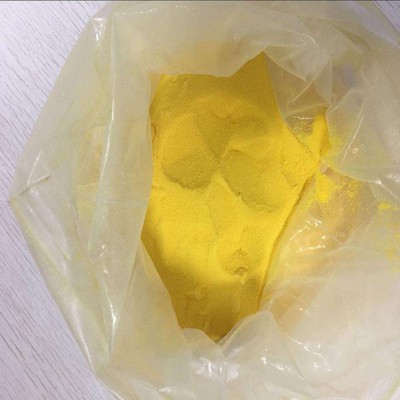
Produced water from polymer flooding process in crude oil
Produced water from polymer flooding was much more difficult to be treated than that from water flooding in many oilfields. The simulated experimental results showed that the small initial sizes of oil droplets were the main reason that caused the difficulty in treating the produced water from the polymer flooding process.
Get Price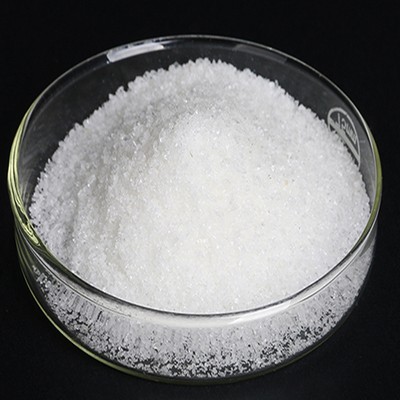
Treatment of produced water from polymer flooding in oil
In order to treat produced water from polymer flooding (PWPF), a new treatment method of combining hydrolysis acidification-dynamic membrane bioreactor (DMBR)–coagulation process was developed. The experimental results demonstrated that the highest acidification efficiency in hydrolysis acidification reactor (HAR) was 10.98% under hydraulic
Get Price
Treatment of polymer flooding produced water
Treatment of polymer flooding produced water November 1, 2017 - 24th IPEC – Mehrdad Hesampour, Miguel Pelaez and Iris Porat
Get Price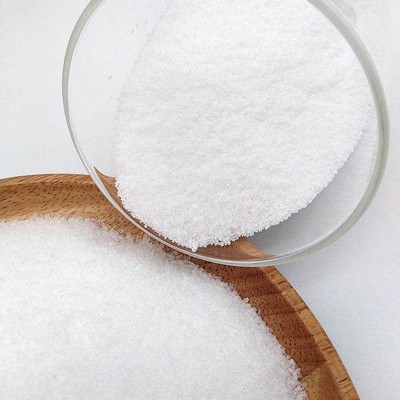
Treatment of Produced Water from Polymer Flooding Process
A new type of double-cone air sparged hy-drocyclone (DcASH) was designed to treat produced water from polymer flooding. The experimental results showed that DcASH had a high capacity, and it was a very promising de-vice for treatment of produced water from polymer flooding.
Get Price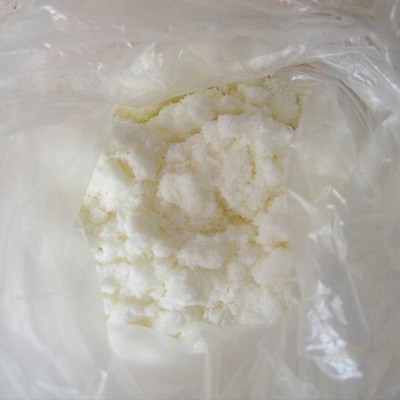
Biosynthesis and characterization of polyhydroxyalkanoates
Characterization of polymer produced by this strain was also performed. Methods and Results Twenty strains were isolated from water samples of salt ponds and selected based on both morphological features and their PHA storage capacity, which were determined by SEM and staining methods with Nile red and Nile blue, respectively; strains were also
Get Price
IPTC 17050 Investigation of Waterflooding - tib.eu
IPTC 16664 Successful Implementation of Zirconate Borate Based Dual Crosslinked Gel and Continuous Mixing System During Proppant Fracturing Treatment in a Complex
Get Price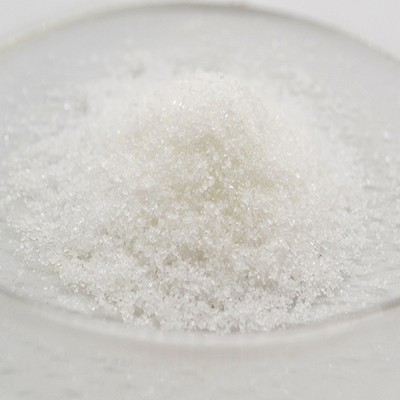
Current research trends on plastic pollution
Many organisms, including humans, depend on the soil for their survival, and therefore, soil pollution is a critical factor, even affecting food safety for humans (Akhtar, 2015, Micó et al., 2006, Li et al., 2014a).As industrial development has accelerated and the manufacture and disposal of plastics have increased, concerns on plastic pollution are growing.
Get Price
Geosciences and Geological and Petroleum Engineering
Investigation of Smart Water Flooding in Sandstone Reservoirs: Experimental and Simulation Study Part 2, Hasan N. Al-Saedi, Ralph E. Flori, and Mortadha Alsaba Link Enhanced Heavy Oil Recovery by Thermal-Different Aqueous Ionic Solutions-Low Salinity Water Flooding , Hasan N. Al-Saedi, Ralph E. Flori, and Patrick V. Brady
Get Price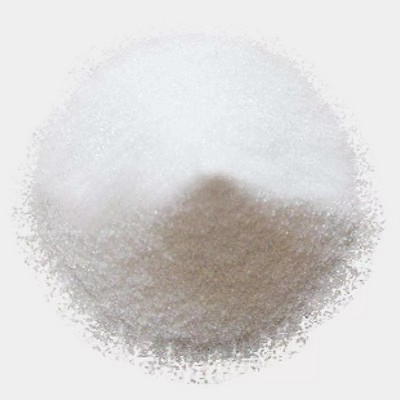
Anion Exchange Membrane Based on Interpenetrating Polymer
A high-performance anion exchange membrane (AEM) is critical for the development of alkaline fuel cell. In this work, AEMs with an interpenetrating polymer network (IPN) are synthesized. An electron microscope clearly reveals a highly efficient “ion channel“ network, which is constructed with a small amount of cation exchange groups.
Get Price
3.1 Wastewater treatment technologies
Source: S.C. Reed, et al., Natural Systems for Waste Management and Treatment, New York, McGraw-Hill, 1988. Aquaculture systems are distinguished by the type of plants grown in the wastewater holding basins. These plants are commonly water hyacinth (Eichhornia crassipes) or duckweed (Lemna spp.). These systems are basically shallow ponds covered with floating plants that detain wastewater at
Get Price
Industrial Water & Process Treatment Technologies
Our experts partner with customers around the world to solve the toughest industrial water and process challenges. Leverage our water treatment systems and technology to reduce costs, meet environmental regulations and prepare for changing demands.
Get Price
Optical Detection for Slovenia's Sludge | Water Tech Online
Optical Detection for Slovenia's Sludge. Polymer consumption contributes significantly to wastewater treatment plant operating costs. Due to the unpredictability of sludge treatment, several attempts have been unsuccessful in developing a control system to improve efficiencies in this area.
Get Price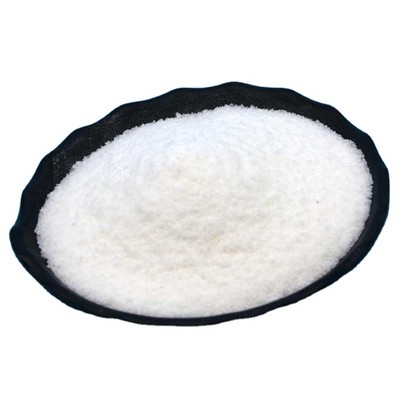
3.1 Wastewater treatment technologies
Source: S.C. Reed, et al., Natural Systems for Waste Management and Treatment, New York, McGraw-Hill, 1988. Aquaculture systems are distinguished by the type of plants grown in the wastewater holding basins. These plants are commonly water hyacinth (Eichhornia crassipes) or duckweed (Lemna spp.). These systems are basically shallow ponds covered with floating plants that detain wastewater at
Get Price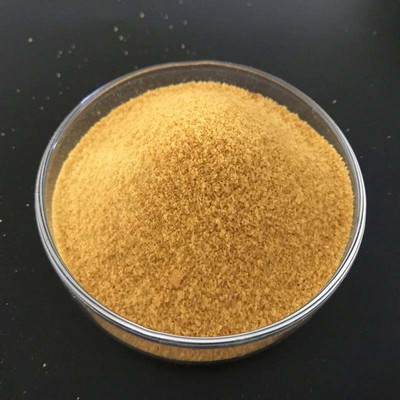
Search results | TU Delft Repositories
Polymer flooding can significantly improve the sweep efficiency in heterogeneous reservoirs compared to a water flood. This is caused by the improved mobility of the polymer flood, which has an effect on the crossflow mechanisms caused by viscous, capillary and gravitational forces in the reservoir.
Get Price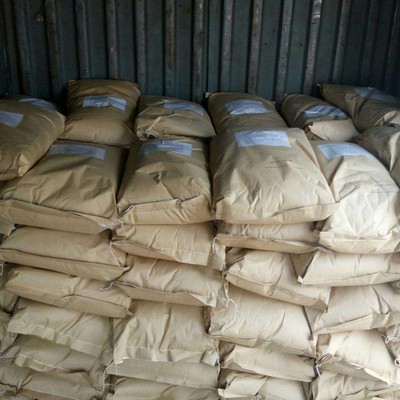
Current research trends on plastic pollution
Many organisms, including humans, depend on the soil for their survival, and therefore, soil pollution is a critical factor, even affecting food safety for humans (Akhtar, 2015, Micó et al., 2006, Li et al., 2014a).As industrial development has accelerated and the manufacture and disposal of plastics have increased, concerns on plastic pollution are growing.
Get Price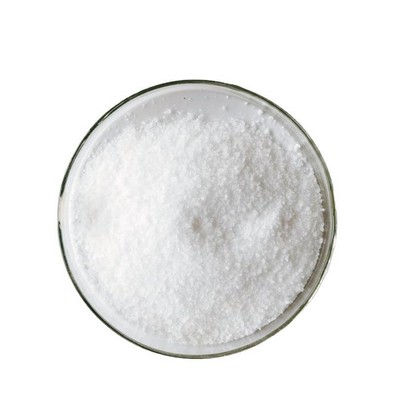
Geosciences and Geological and Petroleum Engineering
Investigation of Smart Water Flooding in Sandstone Reservoirs: Experimental and Simulation Study Part 2, Hasan N. Al-Saedi, Ralph E. Flori, and Mortadha Alsaba Link Experimental Study of Low Salinity Water Flooding: The Effect of Polar Organic Components in Low-Permeable Sandstone Reservoir , Hasan N. Al-Saedi, Ali Qubian, Waleed Al-Bazzaz, and
Get Price
Synthesis of p Guanidinobenzoic Acid Hydrochloride and Its
Synthesis of p-Guanidinobenzoic Acid Hydrochloride and Its Derivative Camostat Mesylate Synthesis and Characterization of a Novel Water-soluble, pi-Conjugated Polymer Containing Strong Electron Donor-acceptor Groups Application of Oil/Water Separation Agent to the Treatment of Chemical Flooding Produced Liquid and Oily Water. Wu, D
Get Price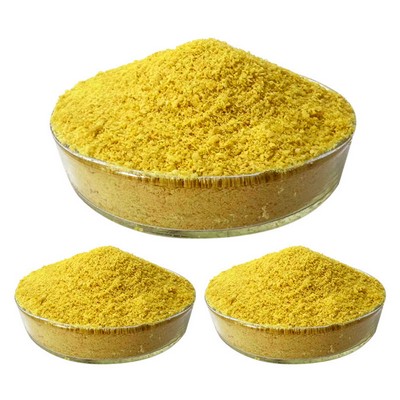
Optical Detection for Slovenia's Sludge | Water Tech Online
Optical Detection for Slovenia's Sludge. Polymer consumption contributes significantly to wastewater treatment plant operating costs. Due to the unpredictability of sludge treatment, several attempts have been unsuccessful in developing a control system to improve efficiencies in this area.
Get Price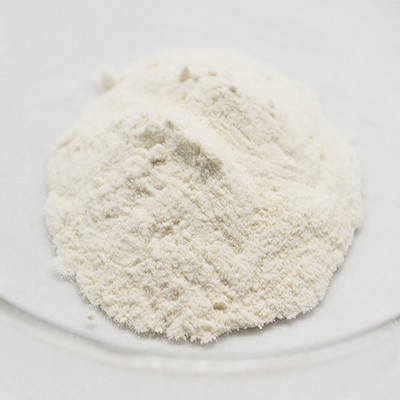
Water Standards | Reducing Waste Water | Shell Global
In an unusual arrangement with a city in Canada, we use treated waste water instead of precious fresh water to boost natural gas production. A natural filter for water In the Omani desert, reed beds are being used to naturally clean water produced as oil extracted, before it evaporates.
Get Price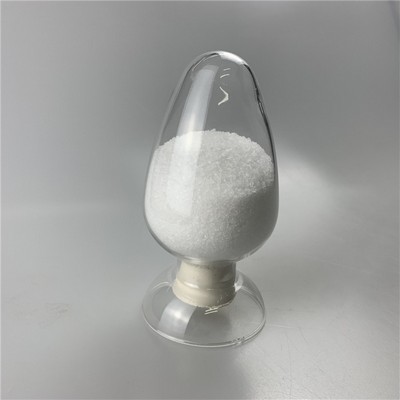
Search results | TU Delft Repositories
Polymer flooding can significantly improve the sweep efficiency in heterogeneous reservoirs compared to a water flood. This is caused by the improved mobility of the polymer flood, which has an effect on the crossflow mechanisms caused by viscous, capillary and gravitational forces in the reservoir.
Get Price
Anion Exchange Membrane Based on Interpenetrating Polymer
A high-performance anion exchange membrane (AEM) is critical for the development of alkaline fuel cell. In this work, AEMs with an interpenetrating polymer network (IPN) are synthesized. An electron microscope clearly reveals a highly efficient “ion channel“ network, which is constructed with a small amount of cation exchange groups.
Get Price
Current research trends on plastic pollution
Many organisms, including humans, depend on the soil for their survival, and therefore, soil pollution is a critical factor, even affecting food safety for humans (Akhtar, 2015, Micó et al., 2006, Li et al., 2014a).As industrial development has accelerated and the manufacture and disposal of plastics have increased, concerns on plastic pollution are growing.
Get Price
Geosciences and Geological and Petroleum Engineering
Investigation of Smart Water Flooding in Sandstone Reservoirs: Experimental and Simulation Study Part 2, Hasan N. Al-Saedi, Ralph E. Flori, and Mortadha Alsaba Link Experimental Study of Low Salinity Water Flooding: The Effect of Polar Organic Components in Low-Permeable Sandstone Reservoir , Hasan N. Al-Saedi, Ali Qubian, Waleed Al-Bazzaz, and
Get Price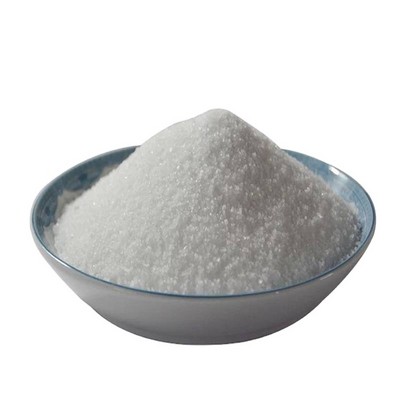
Synthesis of p Guanidinobenzoic Acid Hydrochloride and Its
Synthesis of p-Guanidinobenzoic Acid Hydrochloride and Its Derivative Camostat Mesylate Synthesis and Characterization of a Novel Water-soluble, pi-Conjugated Polymer Containing Strong Electron Donor-acceptor Groups Application of Oil/Water Separation Agent to the Treatment of Chemical Flooding Produced Liquid and Oily Water. Wu, D
Get Price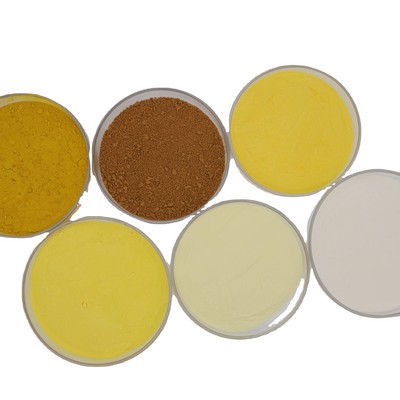
Water and Energy Interactions | Annual Review
Human habitations require energy and water, which are increasingly interdependent. Energy systems have changed from using water for mechanical energy to building dams to provide irrigation water for agriculture and hydroelectricity. Large volumes of water are required to cool thermal electricity-generating stations—whether coal, natural gas, nuclear, or solar powered. Changes in cooling
Get Price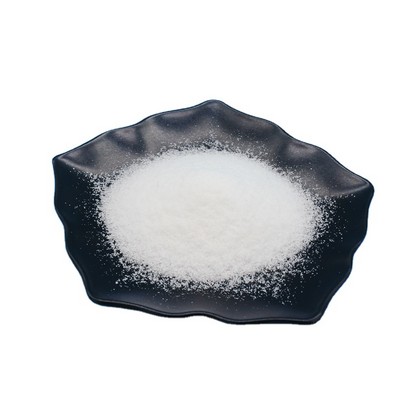
Optical Detection for Slovenia's Sludge | Water Tech Online
Polymer consumption contributes significantly to wastewater treatment plant operating costs. Due to the unpredictability of sludge treatment, several attempts have been unsuccessful in developing a control system to improve efficiencies in this area. Yet a new optical detection system has been tested in Ljublana, Slovenia.
Get Price- What is sodium fluoride used for?
- Sodium fluoride: a dry additive, typically used in small water systems, dissolved into a solution before being added to water. Most fluoride additives used in the United States are produced from phosphorite rock. Phosphorite is used primarily in the manufacture of phosphate fertilizer.
- How does NSF certify fluoride products?
- NSF certifies three products in the fluoridation category: How do fluoride products work?
- All three products readily break down in water to release fluoride and related ions. Fluorosilicates fully dissociate to fluoride and silicate ions in association with either hydrogen or sodium ions.
- Which additive is used for water fluoridation?
- Community water systems in the United States use one of three additives for water fluoridation. Decisions on which additive to use are based on cost of product, product-handling requirements, space availability, and equipment. Fluorosilicic acid: a water-based solution used by most water fluoridation programs in the United States.
- How is sodium silicofluoride produced?
- act with water to form hydrofluosilicic acid.1.5.2 Sodium fluoride is generally produced by neutralising hydrofluosilicic acid wit caustic soda (sodium hydroxide) or soda ash.1.5.3 Sodium silicofluoride is generally produced from the addition of sodium carbonat c acid.1.6 Description of Fluoride Compounds1.6.1 Hydrofluosilici








